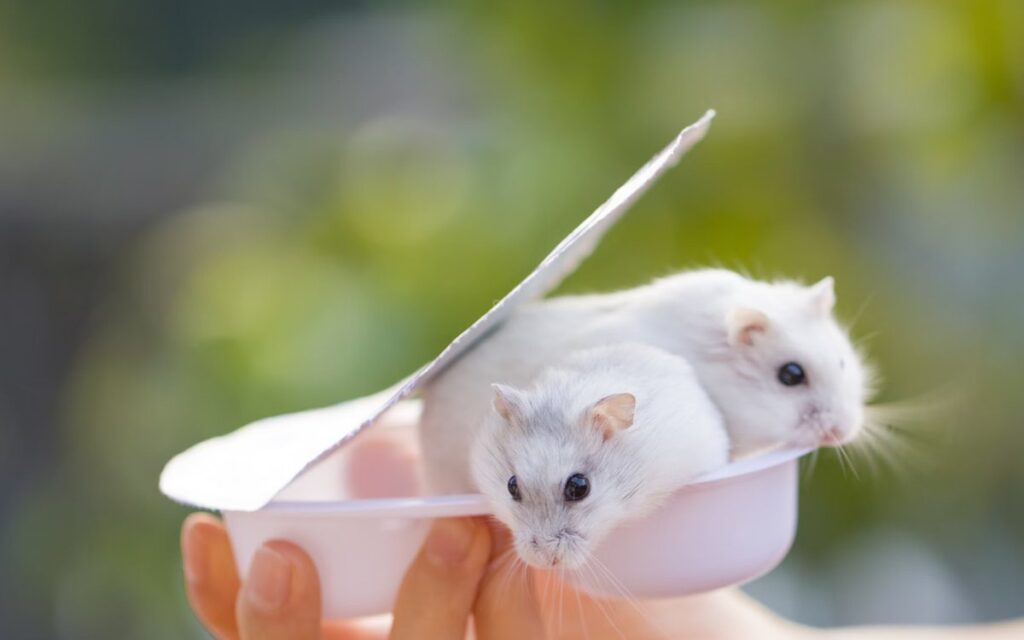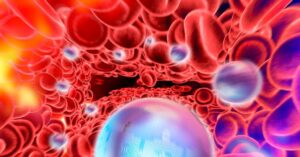
In a groundbreaking study published in the Proceedings of the National Academy of Sciences (PNAS), Chinese scientists have successfully created fertile mice using genetic material from two male mice. This milestone in reproductive science could pave the way for future advancements in fertility medicine and genetic research.
The research team, led by Professor Yanchang Wei, achieved this remarkable feat by injecting sperm from two male mice into an egg cell that had been stripped of its maternal DNA. The team employed a technique known as epigenome editing, which reprograms gene activity without altering the DNA sequence itself.
“We attempted to improve the development of androgenetic embryos by restoring the epigenetic status of these ICRs [imprinting control regions],” the researchers wrote.
Understanding the Science Behind the Breakthrough
The process involved implanting 259 embryos into surrogate female mice, resulting in the birth of three pups, two of which survived into adulthood. Despite a low success rate of 0.8%, the surviving mice were able to reproduce normally, demonstrating their fertility and overall health.
“Our efforts enabled us to generate androgenetic mice that can develop to adulthood and are fertile, using the genetic materials derived from two sperm cells,” the scientists noted.
This research tackles the challenge of genetic imprinting, a process where chemical labels on DNA determine which genes are active in an embryo. Typically, imprinting requires a balance between maternal and paternal chromosomes. However, when both chromosome sets originate from the same sex, this balance is disrupted, often resulting in developmental failure.
Historical Context and Scientific Challenges
While scientists have been able to generate viable embryos from two female mice since 2004, replicating this process with two male mice has been elusive due to the complexity of correcting paternal imprinting patterns. Professor Wei’s team overcame this hurdle by targeting and modifying seven key ICRs essential for development.
Despite these promising results in mice, the application of such techniques to humans remains a distant prospect. The authors of the study acknowledged the challenges ahead, noting that the current efficiency is low and that ethical concerns and regulatory restrictions pose significant barriers.
“Although the efficiency is low at present, this finding may be an important step toward achieving mammalian androgenesis,” the authors acknowledged.
Implications and Future Prospects
Experts caution that the low success rate and ethical considerations make it unlikely that similar techniques will be applied to human embryos in the near future. The scientific community remains divided on the potential implications of such research, with some advocating for its potential to revolutionize fertility treatments and others warning of unforeseen ethical dilemmas.
Meanwhile, this development follows other significant breakthroughs in genetic research. Earlier reports highlighted an American scientist’s success in understanding how axolotls, Mexican salamanders known for their regenerative abilities, can regrow limbs and organs.
The creation of fertile mice from two males represents a significant leap in our understanding of reproductive biology. As research continues, the scientific community will be closely monitoring the ethical and practical implications of these findings, while exploring potential applications in both animal and human medicine.





